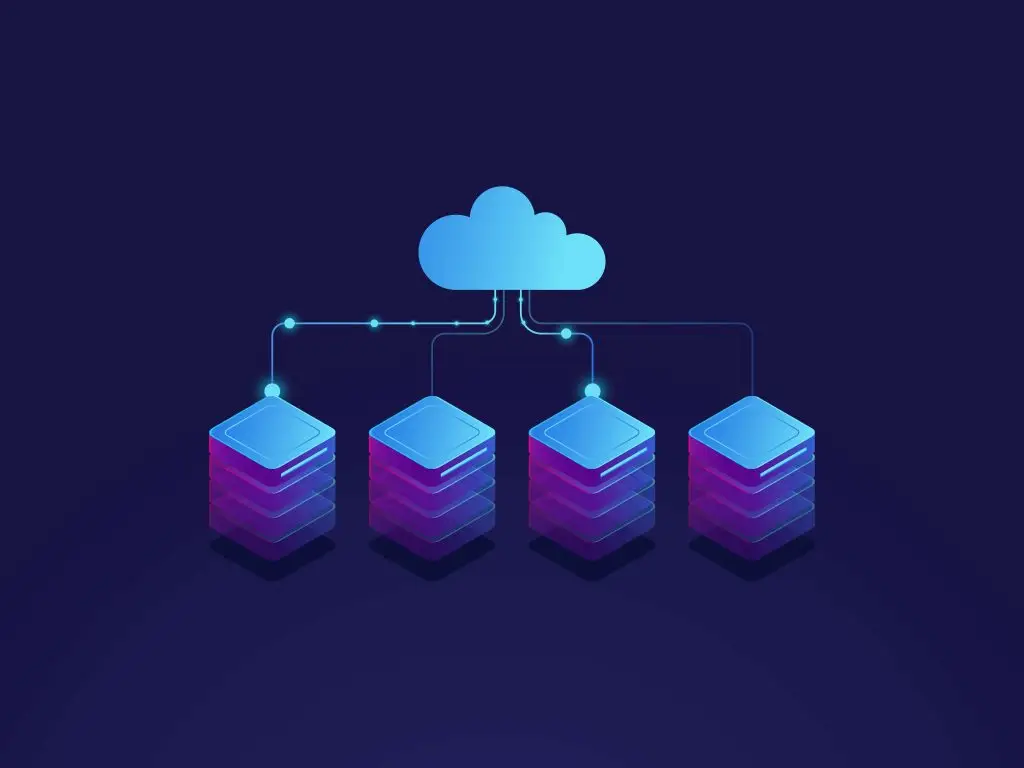Did you know that worldwide IT spending is set to hit $4.6 trillion in 2023 with 89% of companies expecting to grow or maintain their IT budget? Not investing in your technology can cause a competitive gap to grow between you and your competitors, hurting revenue. That’s why IT procurement is so important. But what is IT procurement?
Simply put, IT procurement is the process of acquiring software, hardware, and services that will enhance your existing IT environment. And with the right managed services provider (MSP), all this can be done at a significantly reduced price opposed to carrying out IT procurement on your own.
What Is the IT Procurement Process
Generally speaking, the IT procurement strategy is composed of five distinct steps:
- Assessment: Determine strengths, weaknesses, and next steps
- Requisition Order: Development, review, and submission
- Evaluation: Weigh offers from competing vendors
- Implementation: Put the hardware and software to use
- Management: Sustain peak level productivity from your software and hardware
A managed IT procurement cycle makes the process of IT procurement, purchasing and implementation faster and less prone to error, as you’ll be leveraging the experience and industry knowledge of experts to access and utilize the best technology available.
Let’s now dive deeper into how you can reduce costs long term with an optimized IT procurement process.
What Is the IT Procurement Process? The Solution to Your Tech Needs
Both in the present and moving forward, ensure your business is benefitting from the best technology
LEARN MORE ABOUT OUR IT SERVICES
How the IT Procurement Process Works
We’ve already answered the question ‘what is the IT procurement process?’ Let’s now discover how the specifics of the process translate into higher overall ROI for your business.
Step 1. Assessment
Operating blindly is a recipe for disaster. Information on your current work processes and IT assets is critical to making the correct decisions as they pertain to your IT environment and the technology therein.
To that end, a comprehensive assessment must be conducted by your IT team or partner, taking a full accounting of your entire IT stack. Only then can you ensure that you will be able to determine which technology needs upgrading, what can function best with a simple update or augment, or what technology can be defenestrated entirely.
If this assessment process is not done correctly, it will impact the entirety of the IT procurement process that follows.
Step 2. Purchase Requisition
With a full accounting of your IT assets and work processes complete, you now know what technology is needed. You can therefore begin drafting and submitting purchase requests to the relevant vendors.
If you’re partnered with an MSP, they will leverage their deep industry partnerships to acquire top-line software, hardware, or specialized services, almost always at prices that beat the general market.
Your IT partner will also take full ownership of drafting and submitting purchase orders contingent on approval from you or your business’s representative to ensure that all actions are in alignment with your strategy and budget.
By leveraging strategic sourcing of industry partners, however, you can often meet both your bottom line demands as well as your technology needs.
Step 3. Evaluate
As with any goods or services that has multiple providers, diligence requires a clear evaluation of the different offers available, weighing them against one another to determine which holds the best value for your business.
Some factors that can help you determine which offer yields maximal ROI:
- Price
- The technology’s applicability to your specific needs
- Scalability
- Longevity (will it need to be replaced in a few years due to wear/obsolescence, or is it a long-term solution)
- Degree of maintenance it requires
- Intuitiveness
- Ability to integrate into your current system
With this step complete, you can begin purchasing goods that will in turn be implemented to help your business grow and develop.
| Learn more about the IT services Attentus Technologies provides: Managed IT Services Remote IT Services Data Backup and Recovery VOIP Services |
Step 4. Implement
You are now in ownership of your new technology. The next step is to get that technology working to improve your systems and processes.
Depending on the technology in question, this can be a rather simple, easy process, or a laborious one.
It is, however, almost always easier with an IT consultant at your side, able to manage the implementation process on your behalf, ensuring that you face fewer roadblocks and delays, and eliminating the threat of major errors from occuring during implementation.
Step 5. Management
Your business is now benefiting from the technology you’ve acquired, seeing improvements to the relevant areas of your business.
Top MSPs will continue to benefit your business with full management and maintenance of all implemented technology. Any issue that appears, in other words, can be swiftly eliminated by your IT team, ensuring that your IT assets are always operating at peak efficiency.
Services here include around-the-clock monitoring and IT support (both onsite and remote) to ensure that you have the capability to solve any and all IT issues you may encounter.
Let Attentus Technologies Relieve You of Your IT Procurement Process Burden

Now that we’ve answered ‘what is IT procurement’, the next step is to find a proven and reliable IT partner to manage the process for your business, ensuring you get the technology you need, when you need it, without roadblocks and waste.
We have over 20 years in the business and in that time have achieved a 96.6 CSAT rating. Clients love working with us, and we are passionate about supporting their growth with premier IT services.
On average, we spend about 20 minutes per month per user on reactive issues.
Get in touch with us today to learn how our team can help your business overcome every one of its technology challenges.
